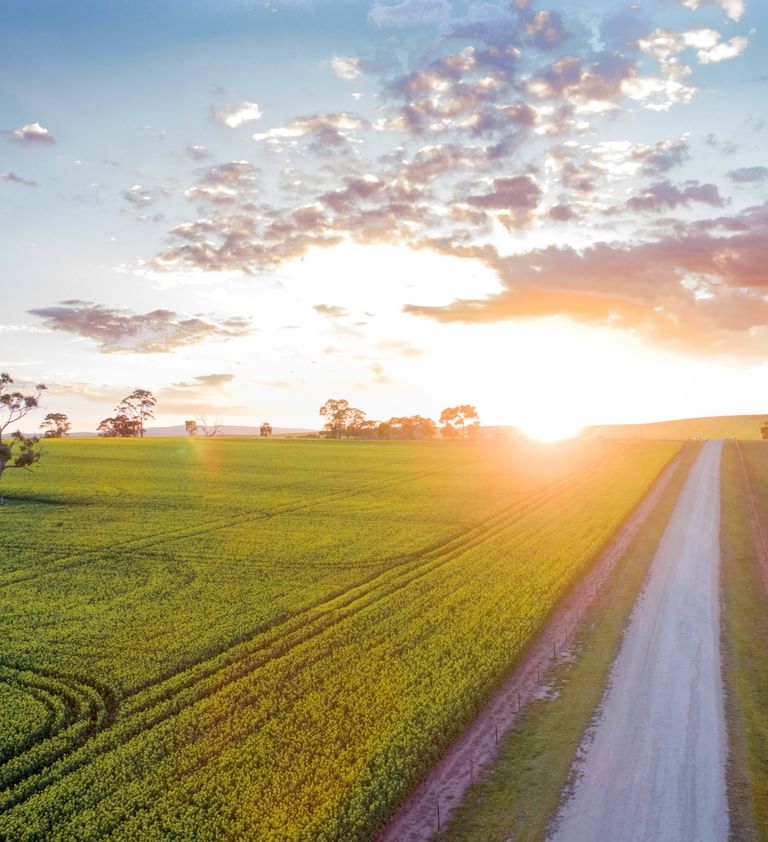Forestry emerged as 2024's standout performer with 48.6 per cent growth, reflecting increasing investor interest in carbon farming. Meanwhile, traditional cropping land declined 3.8 per cent nationally, suggesting the sector may be entering a more challenging phase after years of exceptional returns.
The hobby farming sector continues to command extraordinary premiums, with prices exceeding $229,000 per hectare – a reflection of ongoing lifestyle migration trends and the premium city residents will pay for rural amenity.
What happens next?
Australian agriculture is undergoing structural change. Carbon farming, for example, is creating new sources of land value. In addition, the uniform national growth story that characterised the pandemic period appears to have ended, replaced by a more complex landscape where local fundamentals drive outcomes. For now, it appears to be at an inflection point. Prices may have stopped rising rapidly, but the lack of transaction activity means fewer options for buyers. This holding pattern is likely to continue for a while longer however ongoing interest rate cuts are likely to create more opportunities for both buyers and sellers.
The timing of this shift will largely depend on how aggressively the Reserve Bank cuts rates and how quickly agricultural commodity prices respond to global economic conditions. Ongoing geopolitical tensions and supply disruptions globally continue to support agricultural commodity prices, which should underpin farmland values even as transaction volumes remain subdued.If rates fall meaningfully over the coming months, we could see transaction volumes recover well before prices resume their upward trajectory.










